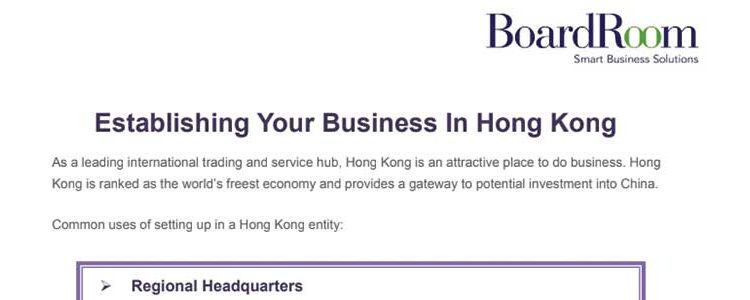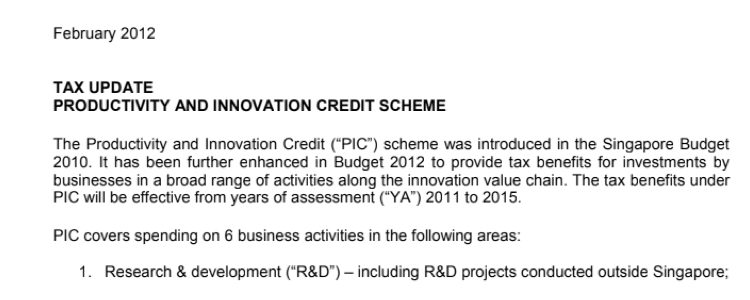Related Business Insights
-

05 Apr 2024
What Are the Key Benefits of Outsourcing Accounting Services?
Explore the advantages of engaging BoardRoom’s accountancy services, a leading accounting firm offering tailored …
READ MORE -

05 Apr 2024
What Factors Should Businesses Consider When Choosing the Right Accounting Firm?
Explore key factors for choosing the right accounting firm. Partner with BoardRoom for the best financial managemen …
READ MORE -

22 Mar 2024
ESG Reporting Essentials – Your Guide to ESG Reporting in Singapore
Boost transparency and build trust with comprehensive sustainability tracking and ESG reporting solutions. …
READ MORE

YOUR POINT OF CONTACT





